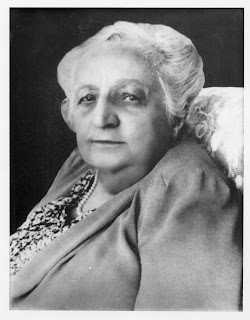Many of us know that Groucho Marx lived in a home on Lincoln Road in Thomaston for several years, but did you know that Harpo Marx also lived in Great Neck for a short time?
According to a September 26, 1930 Great Neck News article, Arthur Adolph Marx, better known as Harpo Marx, thought he had rented the Great Neck home of Major Henry Holthusen in the summer of 1930, only to discover that Mrs. Holthusen had not been made aware of this arrangement. Being a good sport, and understanding that her husband had promised the house to the illustrious Mr. Marx, Mrs. Holthusen apparently allowed Harpo to stay on for at least a month. It should come as no surprise that the elder Marx Brother, Harpo, would want to summer in the same town as his younger brother, Groucho. The Brothers Marx and their families were known to socialize together.

As with many old Great Neck News articles, "Presenting Arthur Marx," by Kay Mott, was written in a lighthearted tone, playing up the idea that Great Neck had become the home and meeting place of many rich and famous people - actors, producers, writers, Vaudevillians, politicians, merchants, financiers, and investors.


